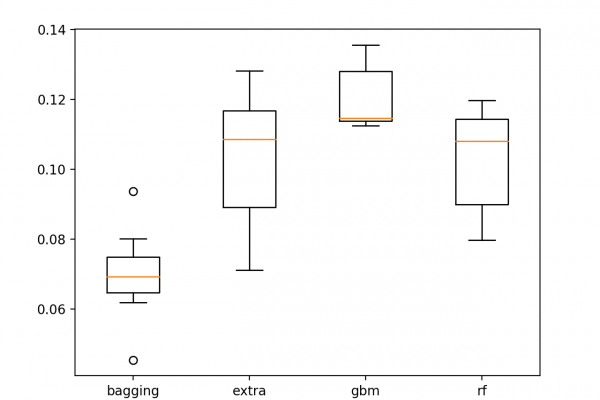Probabilistic Forecasting Model to Predict Air Pollution Days

Last Updated on August 28, 2020
Air pollution is characterized by the concentration of ground ozone.
From meteorological measurements, such as wind speed and temperature, it is possible to forecast whether the ground ozone will be at a sufficiently high level tomorrow to issue a public air pollution warning.
This is the basis behind a standard machine learning dataset used for time series classification dataset, called simply the “ozone prediction problem“. This dataset describes meteorological observations over seven years in the Houston area and whether or not ozone levels were above a critical air pollution level, or not.
In this tutorial, you will discover how to explore this data and to develop a probabilistic forecast model in order to predict air pollution in Houston, Texas.
After completing this tutorial, you will know:
- How to load and prepare the ozone day standard machine learning predictive modeling problem.
- How to develop a naive forecast model and evaluate the forecast using the Brier skill score.
- How to develop skilful models using ensembles of decision trees and further improve skill through hyperparameter tuning of a successful model.
Kick-start your project with my new book Deep Learning for Time Series Forecasting, including
To finish reading, please visit source site